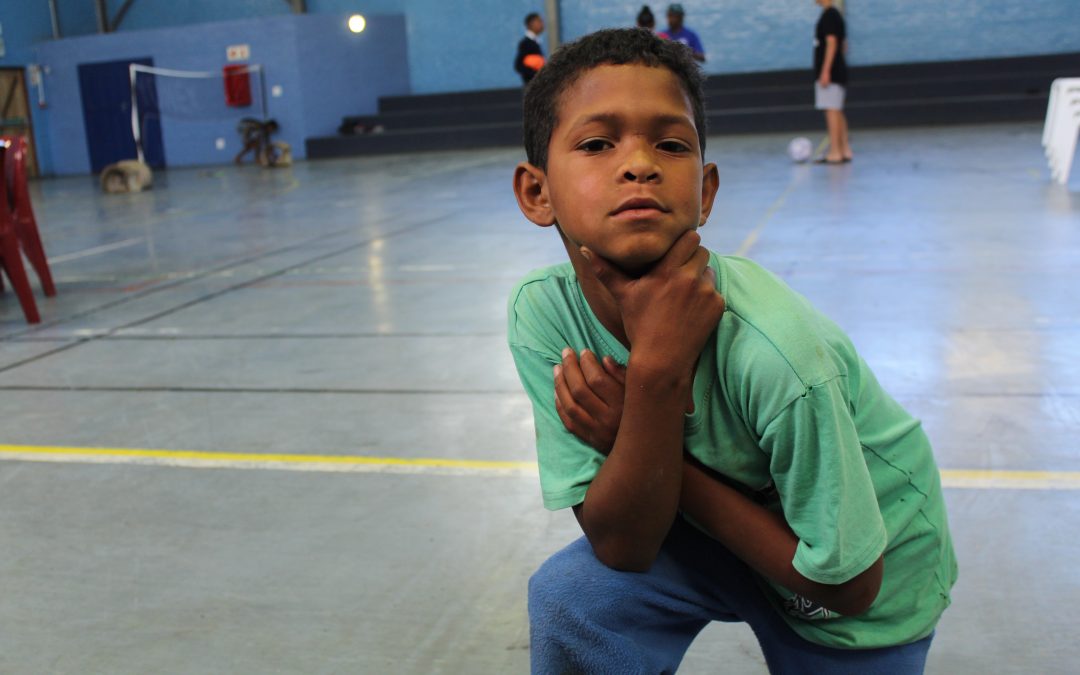Ten of the poorest countries in the world are on the African continent, and those affected the most by poverty, drought or other problems arising from shortage of resources are Africa’s children. In Meraki Bay, we try to improve the situation of African children, in particular the situation of those who live in Hangberg, a slum in Cape Town. Through our Spanish NGO we are trying to deal with several issues. Here is an explanation of the main ones:
What is the situation of the African children of Hangberg?
The children who come every afternoon to Houties, our youth group, have to face:
- Hunger: Famine is one of the main problems of South Sudan, Somalia, Nigeria and Yemen. Furthermore, according to Save the Children, 1.4 million children from these territories could die from hunger. However, even if the South African children are not included in this list it does not mean that their diet is adequate or sufficient. Tayo Fortune is one of the children who come to our workshops every afternoon and, although he knows how important it is to follow a good diet, he says that he only eats fruit three times a week. Unfortunately, this is below the daily average of 400 grams recommended by the World Health Organization (WHO).
- Thirst: due to the fact that water is a scarce resource, drought is one of Cape Town’s main problems. At the beginning of 2018, the authorities warned that Day Zero would arrive, and on March 18th the citizens of Cape Town would be left without water. All of the citizens’ efforts and the rain in June made the swamps fill up again. However, we continue to save every drop we can. Our children are aware of this: they take short showers, wash their hands with antibacterial soap instead of water and whenever they see that someone is going to flush the toilet, they chant: If it’s yellow, let it mellow. If it’s brown, flush it down.
- Diseases: another one of the issues on the African continent is disease. Malaria presents a risk to the citizens of some areas of South Africa and Tanzania, among others. In addition, South Africa’s citizens also have to face HIV, and according to UNAIDS, about 7.2 million South Africans in 2017 carried the disease, 280,000 of which were children. The largest HIV epidemic in the world is concentrated in South Africa: 19% of the world population living with HIV comes from South Africa.
[et_bloom_inline optin_id=optin_3]
- Educational expectations: education is public and compulsory until the age of 15. However, access to higher education is subject to a fee. In 2015 and 2016, South African university students took to the streets to prevent the Department of Higher Education from raising fees. As a result, they got the Department’s promise to subsidize the fees of the least well-off students. However, in September of 2018, young people demonstrated again demanding that the increase in rents of the university residences be controlled. Because of this, children in Africa coming from poor families may not even have the opportunity to advance in their studies.
- Drugs and alcohol: these are other problems we have encountered in Hangberg. We have seen ten-year-old children consuming marijuana.
Our duty here is important. We want to help children and motivate them to fight for their future, so help us achieve it! Donate!
